An Exploration of the Future of Immersive Technology Extended Reality and AR Glasses
Ever since virtual technology advanced with products like AR Glasses, virtual reality and edge computing, gaming and others have evolved tremendously. Technology has transformed the way we interact with the digital world. One of the most groundbreaking developments is Extended Reality (XR), a term encompassing Virtual Reality (VR), Augmented Reality (AR), and Mixed Reality (MR). These immersive technologies are reshaping industries, enhancing experiences, and bridging the gap between the physical and digital realms. As we stand on the brink of a new era in human-computer interaction, XR promises to revolutionize education, entertainment, healthcare, manufacturing, and many other sectors.
What is Extended Reality (XR)?
At its core, XR refers to all real-and-virtual environments generated by computer graphics and wearables, offering users a continuum of experiences. Whether it’s the fully immersive world of VR, the digital overlay of AR, or the interactive blend of the physical and virtual in MR, XR provides new ways to experience and manipulate data and environments. These experiences are achieved through the use of devices like headsets, smart glasses, sensors, and haptic feedback systems, enabling a level of interactivity that was once the domain of science fiction.
Importance of XR in Today’s World
As businesses strive for greater efficiency and as consumers demand richer, more engaging content, XR technologies are filling that gap. In industries such as gaming, XR offers lifelike experiences that captivate users. In healthcare, surgeons can use VR for surgical simulations, while in education, students can explore virtual historical sites or dissect virtual organisms. The real-world applications of XR are vast and continually expanding, driven by the rapid advances in hardware and software, alongside a growing interest in creating more interactive, immersive experiences.
A Glimpse into the Future of XR
The potential of XR is staggering. Experts predict that XR will continue to evolve, seamlessly integrating into everyday life, transforming how we work, learn, and play. As XR devices become more accessible and affordable, their adoption is expected to skyrocket, reshaping the landscape of digital interaction. In this comprehensive article, we’ll explore the different components of XR, delve into its applications across various industries, examine the challenges it faces, and discuss what the future holds for this transformative technology.
Extended Reality (XR): Unpacking the Components
Virtual Reality (VR)
What is Virtual Reality?
Virtual Reality (VR) immerses users in a completely digital environment, shutting out the physical world. Through the use of VR headsets and devices, individuals are transported into 3D environments that they can explore and interact with. The idea of VR is to create a sensory experience that mimics reality to such an extent that users feel as though they are present in an entirely different world.
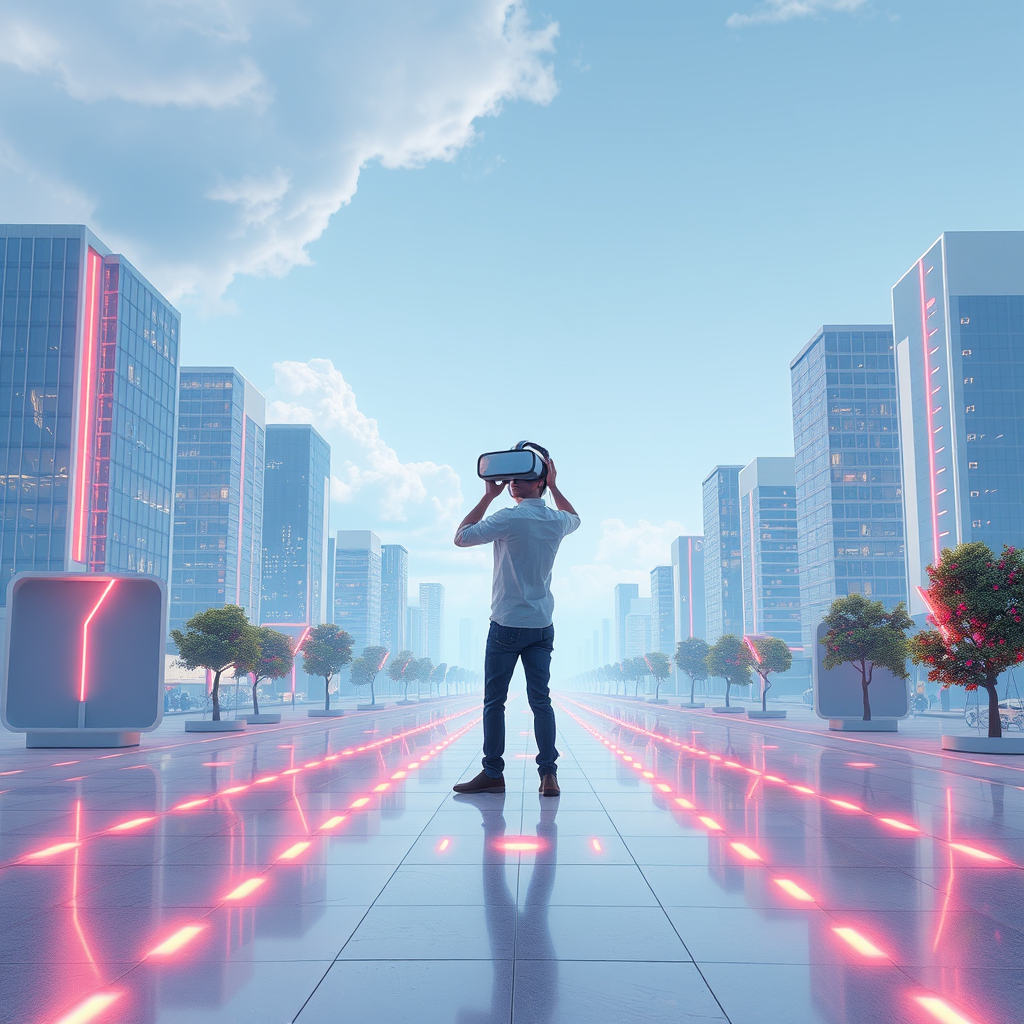
Key Technologies in VR
- Headsets: Devices like the Oculus Rift, HTC Vive, and PlayStation VR are some of the popular headsets that allow users to experience immersive VR. These devices come with built-in sensors and motion tracking that respond to the user’s movements in real time.
- Controllers: To interact with the virtual world, VR users often rely on handheld controllers that mimic the functionality of objects within the digital realm. For example, in a VR game, the controller could serve as a sword or a tool for object manipulation.
- Motion Tracking: Technologies like external cameras or sensors placed within the environment track the user’s position, enabling them to move naturally through the virtual space.
Applications of Virtual Reality
VR is making a significant impact across various sectors:
- Gaming and Entertainment: The gaming industry has been one of the most enthusiastic adopters of VR. Games such as “Beat Saber” or “Half-Life: Alyx” have demonstrated the capacity of VR to offer unparalleled immersion.
- Healthcare: VR is used in medical training to simulate surgeries, offering doctors the ability to practice complex procedures without any risk. Moreover, VR therapy has been shown to be effective in treating PTSD, anxiety disorders, and phobias.
- Education and Training: By simulating real-world environments, VR can create dynamic, interactive learning experiences. For example, history students can explore ancient cities, while engineering students can examine machinery up close.
Augmented Reality (AR)
What is Augmented Reality?
Augmented Reality (AR) enhances the physical world by overlaying digital information on top of it. Unlike VR, which takes the user into a completely virtual environment, AR keeps users grounded in the real world while adding layers of useful data. AR is most commonly experienced through smartphones, tablets, or AR glasses.
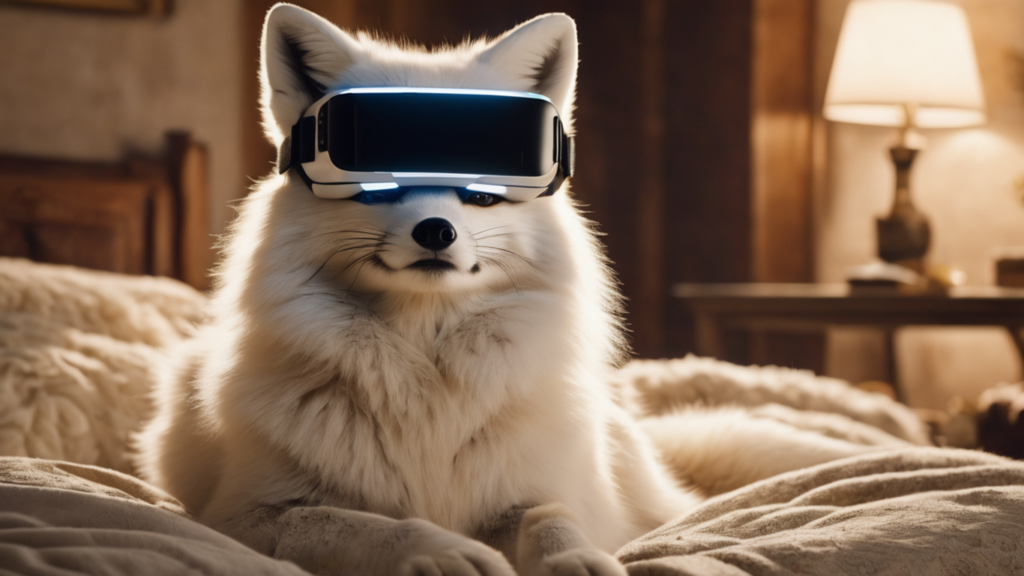
Key Technologies in AR
- Mobile Devices: AR can be easily experienced through apps on smartphones and tablets. Pokemon Go, an AR-based mobile game, gave millions of users a taste of AR by overlaying virtual creatures onto the real-world landscape.
- Smart Glasses: Devices like Google Glass and Microsoft’s HoloLens are examples of wearables that provide an AR experience through transparent screens. These wearables allow users to see digital objects seamlessly integrated into their environment.
- Computer Vision: This technology is central to AR’s functionality, enabling devices to recognize and map real-world surfaces, objects, and environments to ensure that virtual elements appear properly anchored and interactive.
Applications of Augmented Reality
AR’s potential stretches across a broad range of industries:
- Retail: Companies like IKEA have used AR to allow customers to visualize how furniture will look in their homes before making a purchase. Makeup brands like L’Oréal offer virtual try-on experiences using AR technology.
- Manufacturing: AR is being used to assist workers on the factory floor by providing real-time data and instructions overlaid on machinery, streamlining complex assembly processes.
- Healthcare: In the medical field, AR assists surgeons by projecting imaging data directly onto patients during surgery, helping with precision.
- Education: AR is being used in classrooms to create more engaging learning experiences. Imagine studying astronomy and seeing the solar system projected in the middle of the room, allowing students to interact with the planets.
Mixed Reality (MR)
What is Mixed Reality?
Mixed Reality (MR) combines elements of both VR and AR to allow users to interact with both physical and digital objects in real-time. In MR, digital objects are not just overlaid on the real world but can also respond to and interact with the physical environment. This creates an even more integrated experience where users can manipulate virtual objects that appear to be anchored in the real world.
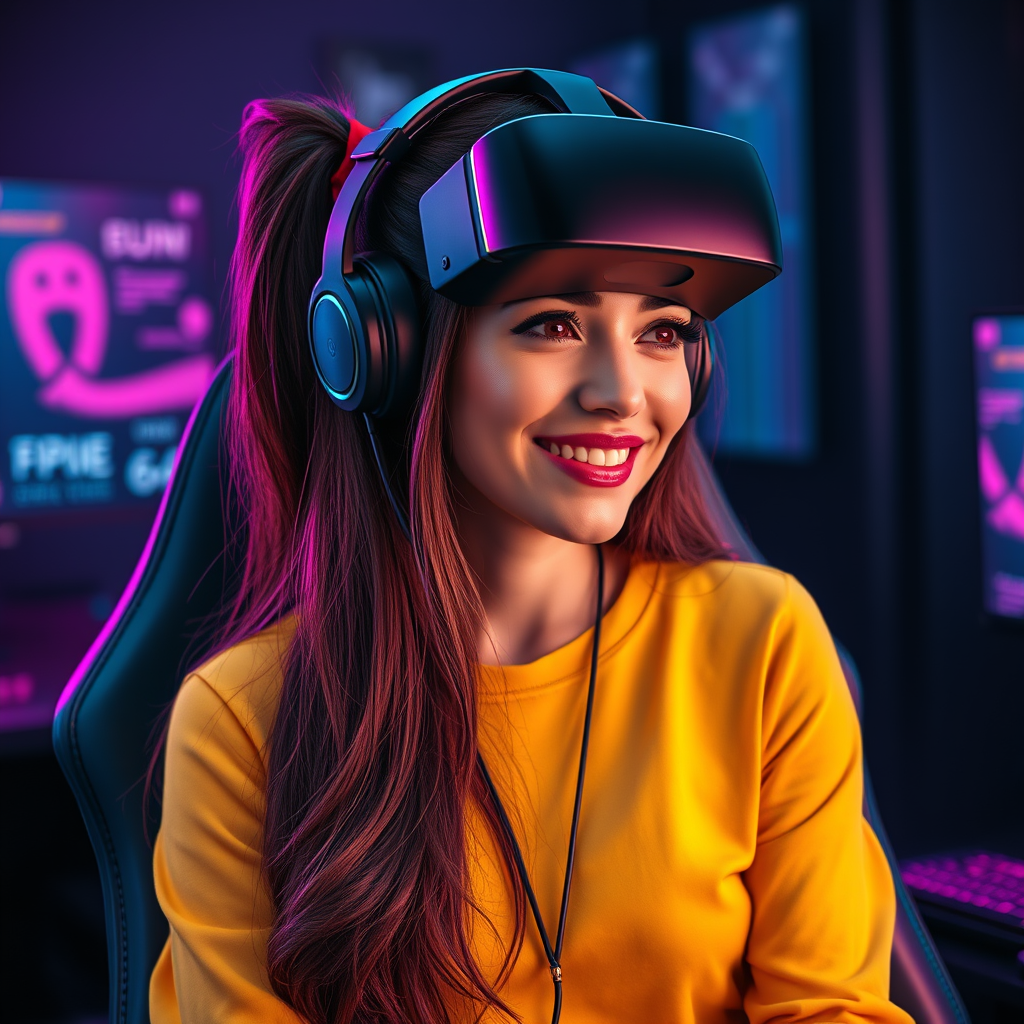
Key Technologies in MR
- MR Headsets: Devices like Microsoft’s HoloLens and Magic Leap’s headsets are pioneering the MR space. These headsets enable users to engage with holographic content that interacts with the surrounding environment.
- Spatial Mapping: To make MR possible, devices need to understand and map out the physical environment in real-time. Sensors and cameras scan the room to ensure that digital objects are placed correctly and respond accurately to real-world elements.
- Gesture Recognition: MR systems often rely on gesture recognition, allowing users to manipulate digital objects with hand movements, enhancing the feeling of interaction between the real and virtual worlds.
Applications of Mixed Reality
MR holds enormous promise across several sectors:
- Design and Architecture: Architects can use MR to visualize how buildings will look in a real-world setting before construction begins. Designers can manipulate virtual models and see how they fit within physical spaces.
- Remote Collaboration: MR enables geographically separated teams to collaborate on projects as though they were physically present in the same space. For example, engineers can collaborate on 3D designs of machinery, making real-time adjustments in a shared virtual space.
- Entertainment: The entertainment industry is beginning to adopt MR to create more immersive experiences in theme parks, museums, and live events, blending real-world surroundings with interactive virtual elements.
The Future of XR: Trends and Opportunities
As XR technologies continue to evolve, their adoption is expected to expand into even more industries. Here are some of the key trends and future opportunities associated with XR:
1. 5G and Cloud Computing
The development of 5G networks will greatly enhance XR experiences by offering faster data transmission, lower latency, and improved connectivity. This is particularly important for applications like cloud-based XR, where content is streamed rather than stored locally. 5G’s increased speed will make it easier for users to access high-quality XR experiences on mobile devices without the need for high-end hardware.
2. XR in Education
XR will likely play a more prominent role in education, offering students immersive learning experiences that traditional classrooms cannot. Virtual classrooms, augmented textbooks, and 3D simulations will provide students with more engaging, hands-on learning opportunities, particularly in STEM fields.
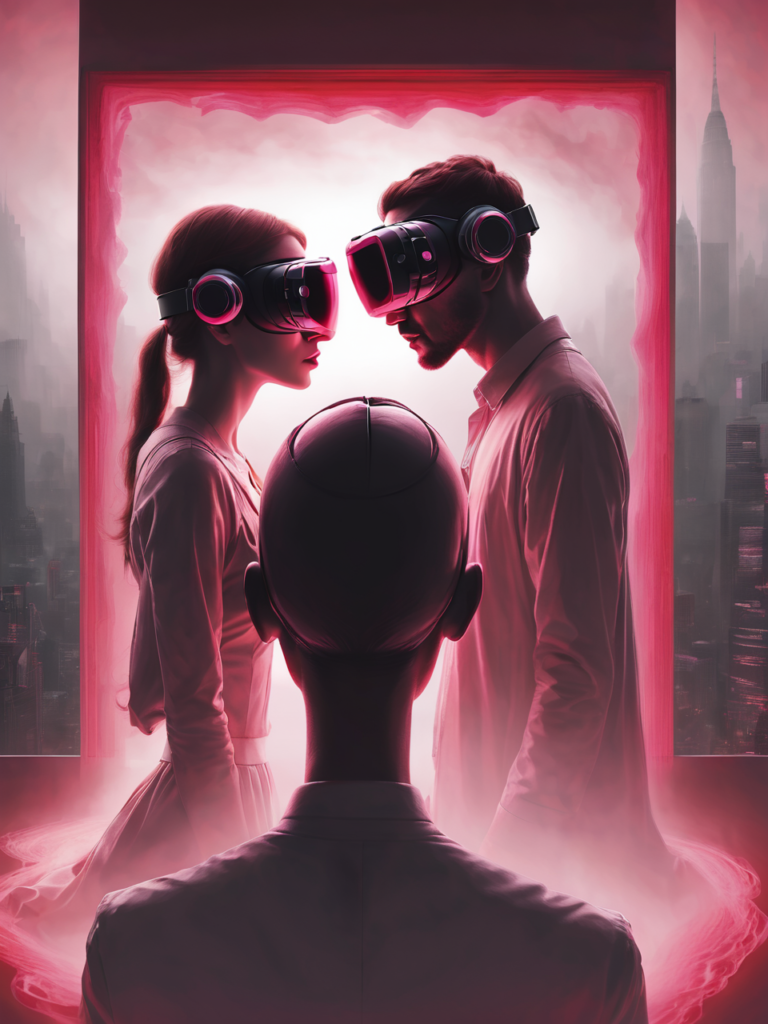
3. XR in Remote Work and Collaboration
As remote work becomes more common, XR is expected to become a critical tool for collaboration. With MR, teams can meet in virtual spaces, work on shared projects, and manipulate digital objects together as if they were in the same room. This could significantly improve productivity and creativity in fields like product design, engineering, and architecture.
4. Healthcare Innovations
XR is already revolutionizing the healthcare industry, but its potential is far from fully realized. As the technology advances, expect to see more applications in surgical training, diagnostics, mental health treatment, and patient rehabilitation. For example, MR could enable doctors to perform surgeries remotely or guide other healthcare professionals through complex procedures in real-time.
5. Retail and Marketing
In the retail space, XR is transforming the customer experience. With the rise of virtual showrooms and AR-based shopping apps, customers can visualize products in their homes before purchasing them, try on clothing virtually, or even take virtual tours of stores. This trend is likely to accelerate, with more companies integrating XR into their marketing and sales strategies to create personalized, engaging customer experiences.
Challenges Facing XR Adoption
Despite its immense potential, XR faces several challenges that need to be addressed to ensure widespread adoption:
1. Hardware Limitations
Current XR devices can be bulky, uncomfortable to wear for extended periods, and expensive. Additionally, the processing power required to create high-quality immersive experiences can make devices out of reach for many consumers and businesses.
2. Data Privacy and Security
With XR applications collecting large amounts of data, including location, biometrics, and behavior patterns, privacy and security concerns are a major issue. Ensuring that XR experiences are safe from data breaches and hacking will be critical as the technology becomes more widely adopted.
3. Content Development
Creating high-quality XR content is time-consuming and expensive. Moreover, there is a lack of standardization in XR development, with different platforms using different tools and technologies. This fragmentation makes it harder for developers to create content that works seamlessly across all XR devices.
Comparison between VR, AR and MR
comparison table that contrasts the pricing and key features of Virtual Reality (VR), Augmented Reality (AR), and Mixed Reality (MR). Since XR devices vary in cost and feature sets, I’ve generalized the pricing range and common attributes to give a comprehensive view.
| Aspect | Virtual Reality (VR) | Augmented Reality (AR) | Mixed Reality (MR) |
| Definition | Completely immersive digital environment | Enhances real world by overlaying digital content | Blends physical and digital elements, with interaction |
| Example Devices | Oculus Rift, HTC Vive, PlayStation VR | Google Glass, Apple ARKit, Snapchat Spectacles | Microsoft HoloLens, Magic Leap One |
| Pricing Range | $300 – $1,500+ | $0 (apps) – $2,000+ for advanced AR glasses | $1,500 – $3,500+ |
| Device Type | Headsets (PC-connected or standalone) | Smartphones, tablets, AR glasses | MR headsets with environmental sensing capabilities |
| Display Technology | Full-screen immersive displays, often OLED | Smartphone/tablet screens or see-through lenses in glasses | Transparent displays with holographic overlays |
| User Interaction | Handheld controllers, motion sensors | Touchscreens, gestures, voice commands | Gesture recognition, voice commands, environmental interaction |
| Key Applications | Gaming, education, training simulations, entertainment | Retail (virtual try-ons), navigation, social media filters | Collaborative design, remote work, industrial training |
| Hardware Requirements | High-end PC or standalone system, headsets, controllers | Smartphone/tablet or AR glasses, no external hardware needed | High-end processing, MR headsets with environmental tracking |
| Portability | Limited, requires a connected or standalone headset | Highly portable, relies on mobile devices or lightweight glasses | Moderate, MR headsets are more portable than VR but less so than AR |
| Immersion Level | High, completely separates user from the physical world | Low to moderate, digital content layered on physical world | Medium to high, blends real and virtual objects seamlessly |
| Real-World Applications | Medical training, immersive education, virtual tourism | Retail marketing, remote assistance, education, gaming | Architecture, manufacturing, collaborative work, remote assistance |
| Content Development | Requires 3D modeling, game engines, high-fidelity content | Easier to develop, uses smartphone apps and AR SDKs | Complex development with spatial mapping and interaction |
Pricing Summary:
- Virtual Reality (VR): Entry-level headsets like the Oculus Quest start at around $300, while high-end models with external sensors and advanced features (e.g., HTC Vive) can exceed $1,500.
- Augmented Reality (AR): Basic AR experiences are available through free or inexpensive mobile apps. However, advanced AR glasses, like Microsoft HoloLens 2, can cost upwards of $2,000.
- Mixed Reality (MR): MR devices, such as Magic Leap One and Microsoft HoloLens, start at $1,500, with some advanced models exceeding $3,000 due to complex spatial computing capabilities.
This table provides a clear breakdown of the major distinctions between VR, AR, and MR in terms of their pricing, device types, interaction methods, and common applications.
FAQ’s Top 15 XR questions and answers
These are the frequently asked questions on XR’s. These will enable you to get rid of some technical jargon.
1. What is Extended Reality (XR)?
Answer: Extended Reality (XR) is an umbrella term that includes all immersive technologies like Virtual Reality (VR), Augmented Reality (AR), and Mixed Reality (MR). XR encompasses a spectrum of experiences that blend the real world with digital or simulated environments, providing various levels of interaction.
2. What is the difference between Virtual Reality (VR), Augmented Reality (AR), and Mixed Reality (MR)?
Answer:
- VR creates a fully immersive digital environment, blocking out the physical world.
- AR overlays digital elements onto the real world using smartphones or AR glasses.
- MR blends real and virtual worlds, allowing interaction between digital and physical elements.
3. What are the key devices used in XR technology?
Answer: Key XR devices include VR headsets like the Oculus Rift and HTC Vive, AR glasses like Microsoft HoloLens and Google Glass, and MR headsets like Magic Leap One. Smartphones and tablets also support AR through apps like Pokémon Go.
4. What industries are benefiting most from XR technology?
Answer: XR is being used across various industries, including gaming, healthcare, education, retail, architecture, real estate, and manufacturing. It is particularly useful for training simulations, remote collaboration, immersive entertainment, and enhancing customer experiences in retail.
5. How does XR enhance the gaming experience?
Answer: XR, particularly VR and AR, provides players with immersive experiences by placing them directly into the gaming world. In VR, users feel as if they are inside the game, interacting with the environment. AR adds digital elements to the physical world, enhancing gameplay by incorporating real-world surroundings.
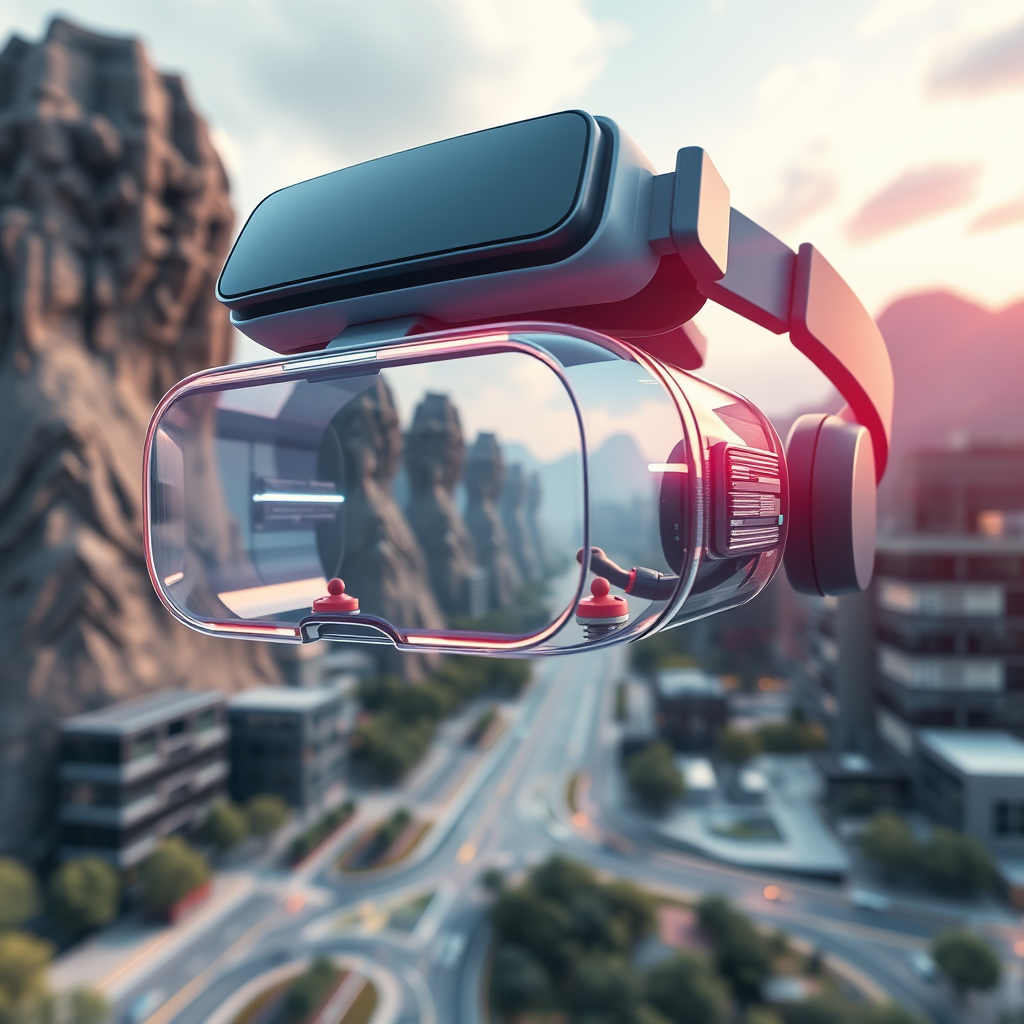
6. What are the hardware requirements for XR experiences?
Answer: Hardware requirements for XR depend on the type of experience. VR typically requires high-end PCs or standalone headsets with powerful GPUs and motion controllers. AR mostly runs on smartphones and tablets, while MR requires specialized headsets with spatial mapping and high processing capabilities.
7. Is XR expensive?
Answer: XR technology ranges from affordable to expensive. VR headsets like Oculus Quest 2 start around $300, while high-end systems like the HTC Vive or MR devices like Microsoft HoloLens can exceed $1,500. AR is the most accessible, as many experiences can be accessed through free apps on smartphones.
8. How is XR used in healthcare?
Answer: XR in healthcare is used for medical training, allowing doctors and surgeons to simulate surgeries in VR environments. AR assists in real-time by overlaying imaging data during surgery, while MR can be used for patient rehabilitation, diagnostics, and remote assistance.
9. Can XR be used for education?
Answer: Yes, XR is revolutionizing education by providing immersive learning experiences. VR can simulate historical events or complex scientific processes, AR can overlay learning materials on textbooks, and MR can enable interactive learning environments that blend real-world and digital elements.
10. What is the role of XR in remote work and collaboration?
Answer: XR, particularly MR, is being used for remote collaboration by creating virtual meeting spaces where teams can interact with 3D models, brainstorm, and work together as if they were physically in the same location. It enhances productivity and creativity by offering interactive, immersive environments.
11. What are the privacy concerns with XR technology?
Answer: XR devices collect significant amounts of data, including personal information, location data, and biometric details like eye movements. Ensuring the security of this data is a major concern. Privacy regulations and secure development practices will be crucial for the future of XR adoption.
12. What is the future of XR technology?
Answer: The future of XR is bright, with anticipated advancements in device comfort, reduced costs, and broader adoption across industries. XR will likely become integrated into daily life, enhancing how we work, learn, and entertain ourselves. The development of 5G networks and cloud computing will further expand XR capabilities.
13. What are some challenges faced by XR adoption?
Answer: The main challenges include high costs of advanced XR devices, hardware limitations such as battery life and device weight, a lack of content and content development tools, and privacy concerns. Developers are also facing the challenge of creating universally compatible XR experiences.
14. What is spatial computing in the context of XR?
Answer: Spatial computing refers to the process of using digital elements to interact with the physical world in real-time. It involves mapping the physical environment to place and interact with digital objects as though they exist in the real world. Spatial computing is critical for MR experiences.
15. How does 5G impact XR technology?
Answer: 5G’s faster speeds and low latency are crucial for improving XR experiences, especially for cloud-based XR and real-time interactions in AR and MR. With 5G, XR applications will become more seamless and accessible on mobile devices, eliminating the need for expensive hardware while improving performance.
Summarizing: The Promise of XR
Extended Reality (XR) represents a paradigm shift in how we interact with the world around us, offering unprecedented levels of immersion and interactivity. With its wide-ranging applications across gaming, healthcare, education, manufacturing, and beyond, XR is poised to become a cornerstone of the digital age. As technology advances and hardware becomes more affordable, XR will likely permeate everyday life, reshaping industries and redefining the boundaries of reality.
The future of XR is bright, but it also comes with challenges that need to be addressed. From privacy concerns to hardware limitations, overcoming these obstacles will require collaboration between tech developers, policymakers, and businesses. Nonetheless, the potential for XR to enhance human experiences and interactions is undeniable, marking it as one of the most exciting technological developments of the 21st century.
Best Reads




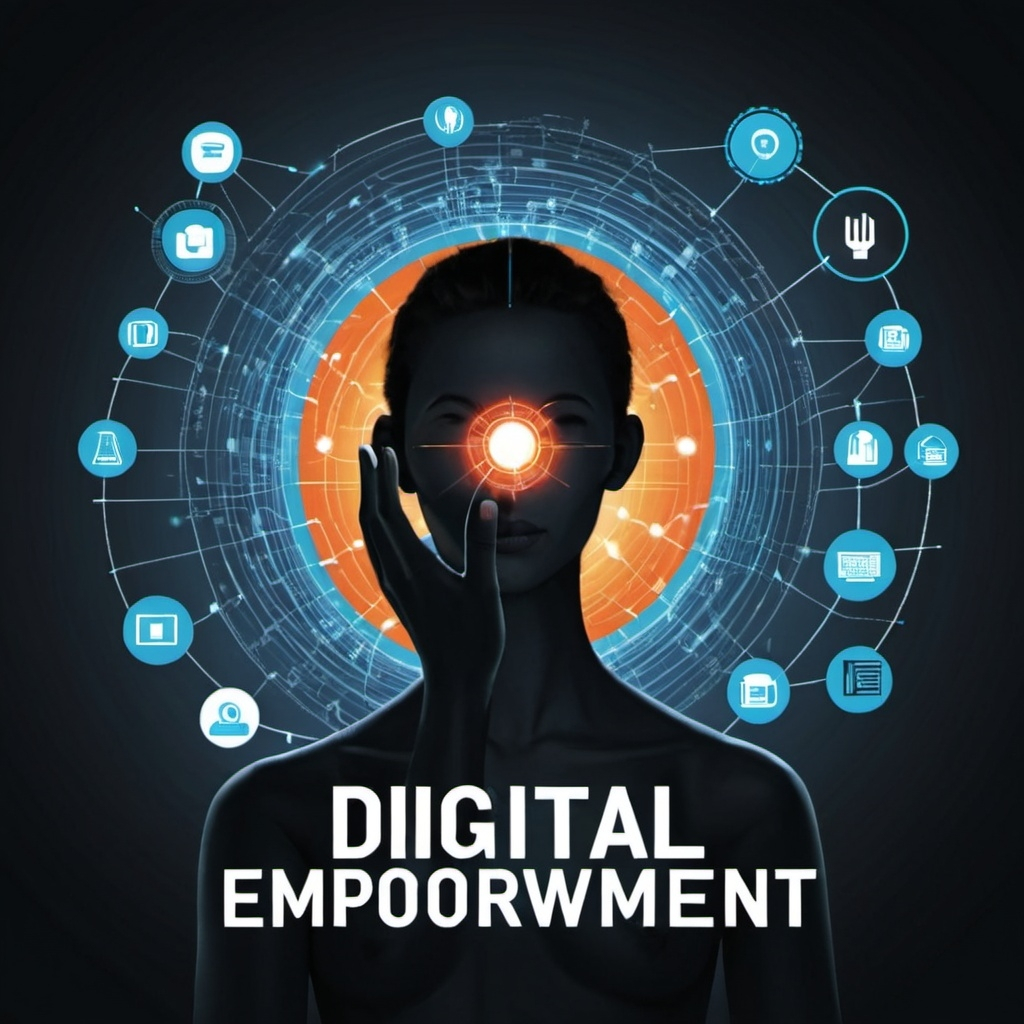
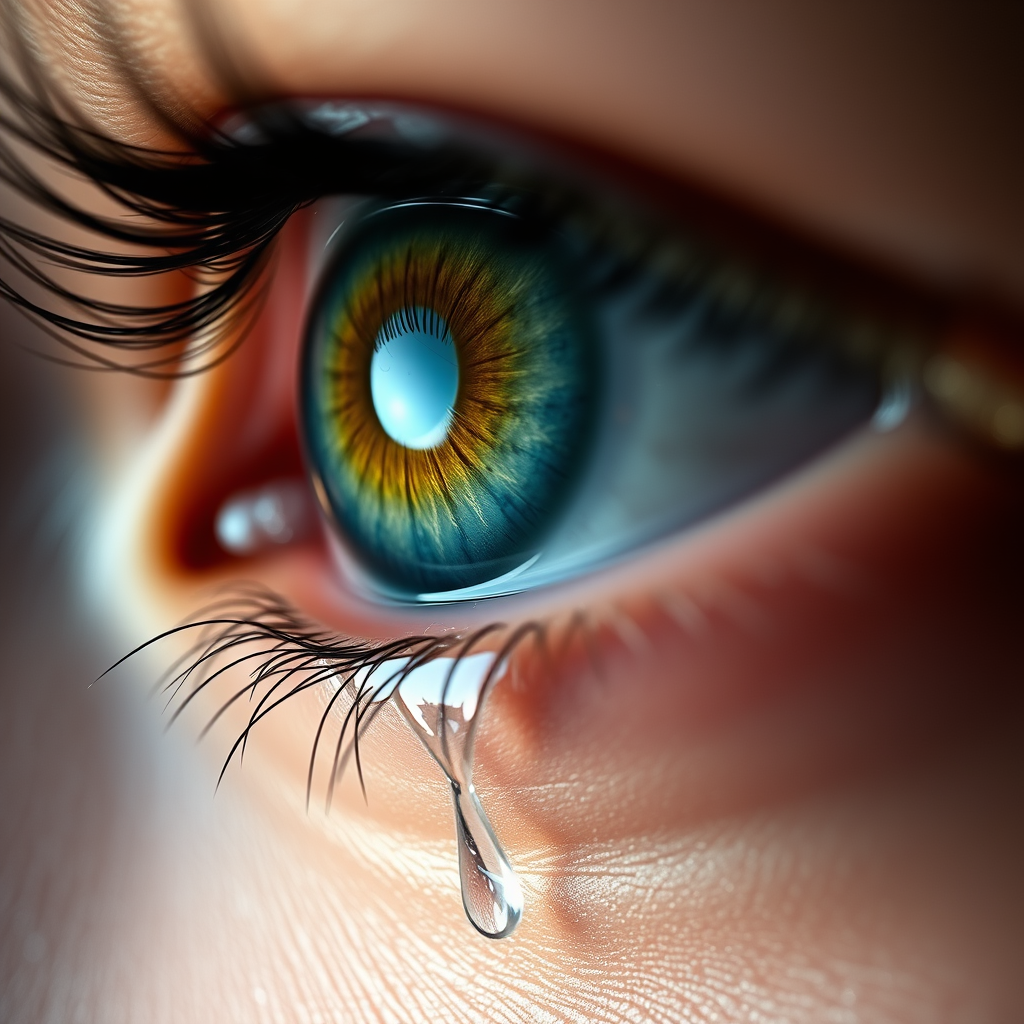
I do believe all the ideas youve presented for your post They are really convincing and will certainly work Nonetheless the posts are too short for novices May just you please lengthen them a little from subsequent time Thanks for the post
Simply Sseven I very delighted to find this internet site on bing, just what I was searching for as well saved to fav
Thank you I have just been searching for information approximately this topic for a while and yours is the best I have found out so far However what in regards to the bottom line Are you certain concerning the supply
Great information shared.. really enjoyed reading this post thank you author for sharing this post .. appreciated